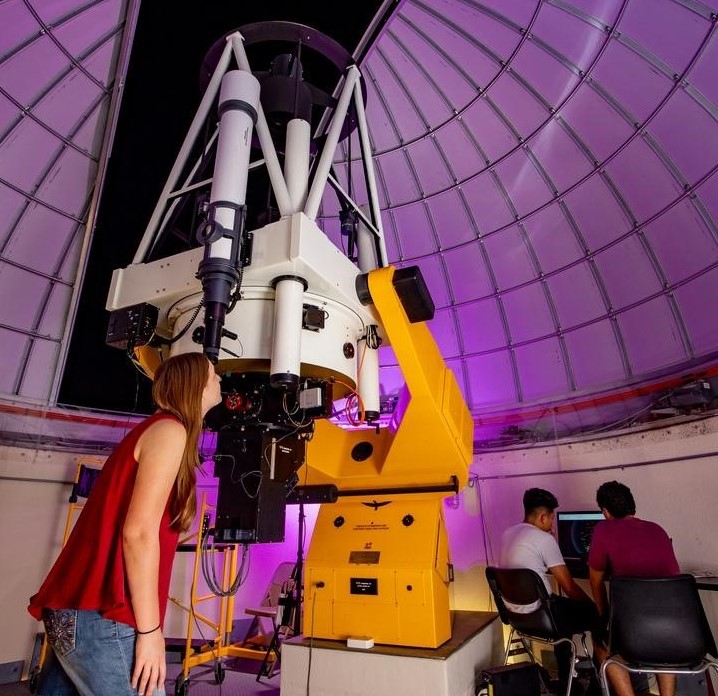Document Type
Article
Publication Title
The Astrophysical Journal
Abstract
It has been suspected for over 20 years that the observed negative superhumps in cataclysmic variables are due to the retrograde precession of a tilted disk. We present new smooth particle hydrodynamics simulation results that demonstrate that the source of the modulation of the luminosity of the light in a negatively superhumping cataclysmic variable is the transit of the bright spot across the face of an accretion disk that is tilted out of the orbital plane. In an untilted disk the bright spot is always located on the outer edge of the disk, and the intrinsic brightness of the accretion spot is constant for a disk at equilibrium. However, if the accretion disk is tilted out of the orbital plane and only slowly precessing in the inertial frame, then the bright spot will have this luminosity just twice per orbit as the accretion stream impacts the disk edge at the line of nodes. At other times, however, the accretion spot will transit across one face or the other of the tilted disk as the secondary star moves in orbit. Because the impact point is then deeper in the gravitational potential well of the primary white dwarf, the bright spot luminosity is correspondingly higher. Because only one face of the disk is visible in these optically thick disk systems, only one brightening per orbit is observed, and the slow retrograde precession of the tilted disk results in a period slightly shorter than the orbital period. We present simulation light curves and an animation to demonstrate these results.
DOI
10.1086/516723
Publication Date
6-1-2007
Recommended Citation
Wood, Matt A. and Burke, Christopher J., "The Physical Origin Of Negative Superhumps In Cataclysmic Variables" (2007). Aerospace, Physics, and Space Science Faculty Publications. 359.
https://repository.fit.edu/apss_faculty/359


